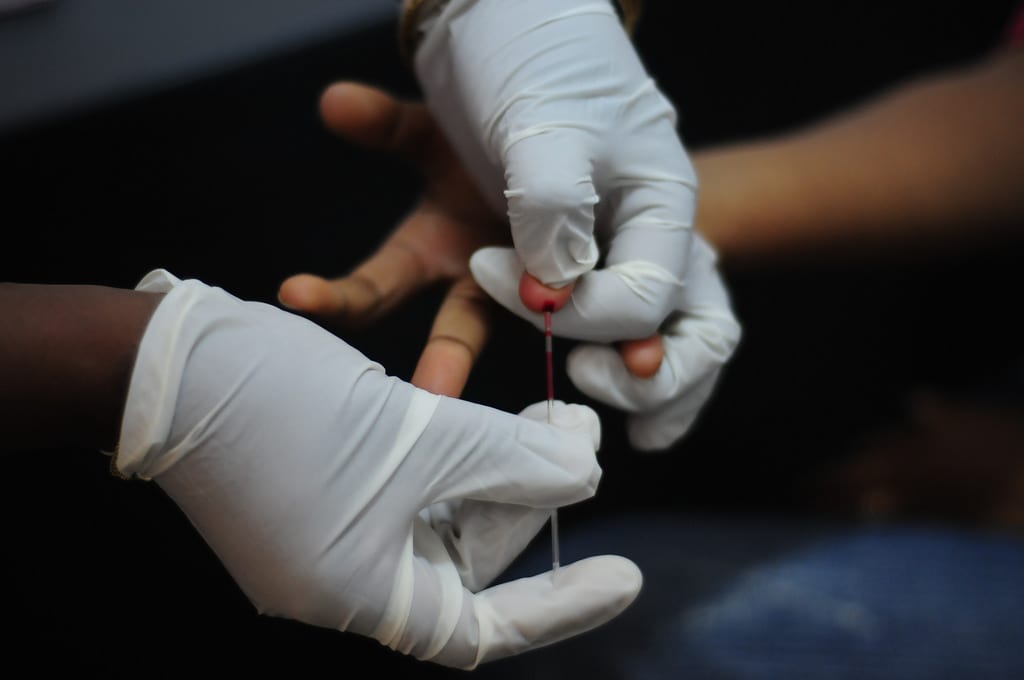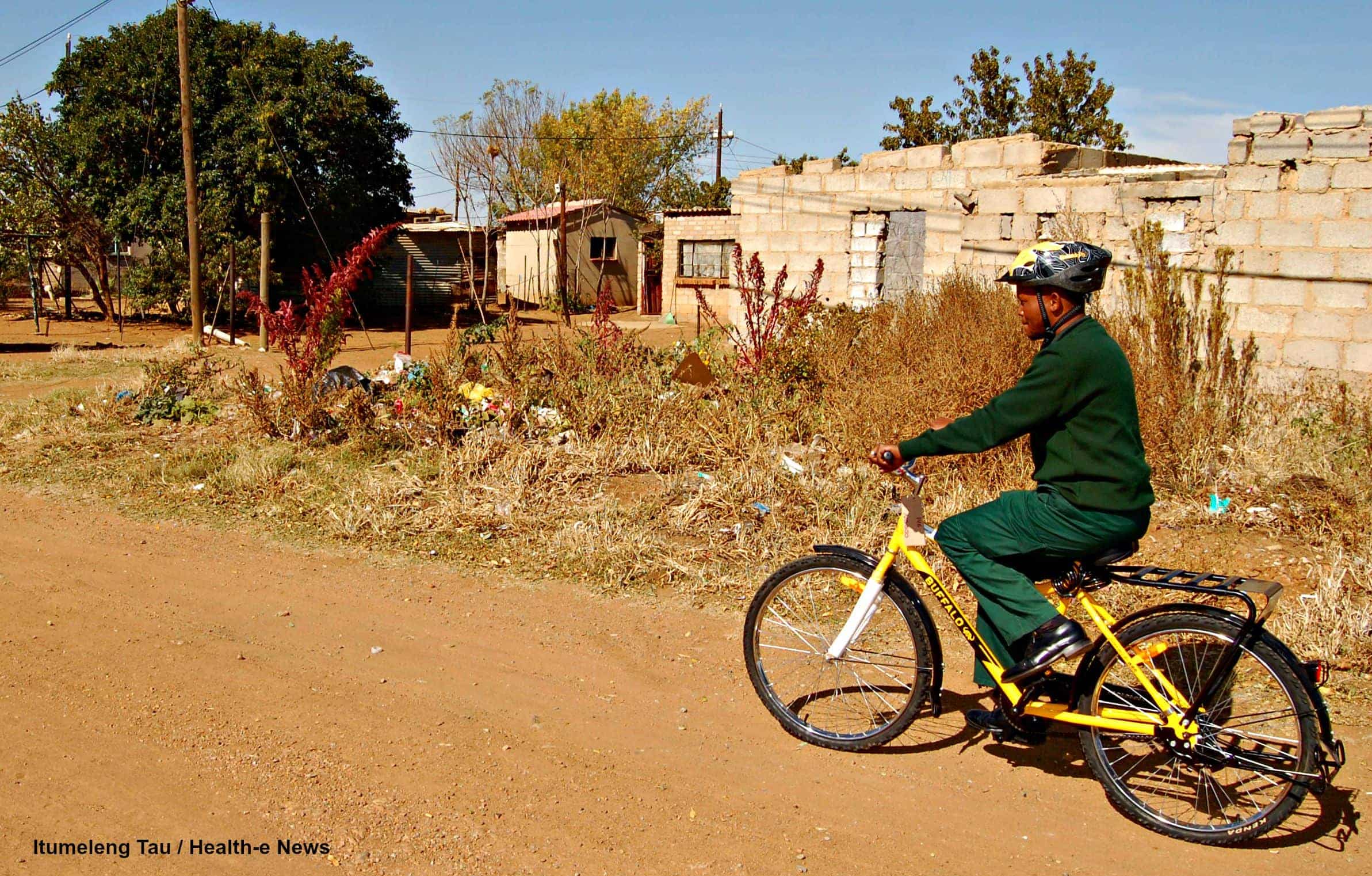Implementing 90-90-90

 All 52 districts in the country have developed district implementation plans (DIP) aimed at overcoming existing bottlenecks and fast tracking progress toward the 90-90-90 HIV and TB targets.
All 52 districts in the country have developed district implementation plans (DIP) aimed at overcoming existing bottlenecks and fast tracking progress toward the 90-90-90 HIV and TB targets.
The DIP process is being driven by the the National Department of Health. The NDoH assists the districts and facilities to develop HIV, AIDS, STI and TB (HAST) plans and budgets that are a true reflection of operational needs through the bottom-up approach.
We focus on the worst performing indicators. Facilities and sub-districts have to draw up implementation plans to address these, rather than the usual national and provincial-led processes.
DIP process
Phase 1 of the DIP process in the 2015/16 financial year aimed to improve the performance of the three worst-performing district indicators through the re-allocation of existing budget to areas of greatest need.
We focus on the worst performing indicators. Facilities and sub-districts have to draw up implementation plans to address these, rather than the usual national and provincial-led processes.
Phase two involves identifying 12 poorly performing indicators – three indicators each from adult HIV, paediatric HIV, PMTCT and TB programmes.
Bottlenecks were analysed and facilities developed implementation plans to improve the performance of these indicators.
We are way ahead of anyone else in the world and at International Conference on AIDS and Sexually Transmitted Infections in Africa (ICASA) in Harare in 2015, other countries wanted our blueprint.
Viral load testing
We have been working with the National Health Laboratory Services (NHLS) to increase access to viral load tests. There are more viral load tests in South Africa than anywhere else on the continent. The problem is not with getting access to the test, but with getting people to get viral load tests every six months, ensure that the results are recorded and that there is clinical intervention if the viral load is not suppressed.
One of the challenges is loss to follow up, especially in the first three months after a person tests HIV positive. We have thus restructured counselling so that adherence starts at the point of the test. Counsellors start to talk about treatment and adherence at the same time, and we are offering increased support in the first six months.
We are developing an app to remind people to take their medication and to go for their six-month viral load test. This is going to be customised for different groups – adolescents, women, men. We are already using MomConnect, a mobile service, to send messages to the cell phones of new moms.
High level of viral suppression
By the end of 2016/17 we aim to have around 800 000 people getting their medicine by courier.
Where we do have viral load tests, there is a high level of viral suppression – around 80 percent. Where a person’s viral load is undetectable and they are stable, we want to decant about 1.6 million patients into the Chronic Medicine Distribution Programme, so they can get their ARVs sent to them via courier.
By the end of 2016/17 we aim to have around 800 000 people getting their medicine by courier. If we can’t decant them and get their medicine to them, they will default when they don’t have transport money. It will also decrease the volume of patients on our facilities so that healthworkers can give more time to the patients that need to be there.
Dr Yogan Pillay is Deputy Director-General: HIV/AIDS, TB and Maternal, Child and Women’s Health in the National Department of Health, South Africa. This feature is taken from ‘Turn Around – The Story of South Africa’s HIV Response”, a book published by UNAIDS.
Author
Republish this article
This work is licensed under a Creative Commons Attribution-NoDerivatives 4.0 International License.
Unless otherwise noted, you can republish our articles for free under a Creative Commons license. Here’s what you need to know:
You have to credit Health-e News. In the byline, we prefer “Author Name, Publication.” At the top of the text of your story, include a line that reads: “This story was originally published by Health-e News.” You must link the word “Health-e News” to the original URL of the story.
You must include all of the links from our story, including our newsletter sign up link.
If you use canonical metadata, please use the Health-e News URL. For more information about canonical metadata, click here.
You can’t edit our material, except to reflect relative changes in time, location and editorial style. (For example, “yesterday” can be changed to “last week”)
You have no rights to sell, license, syndicate, or otherwise represent yourself as the authorized owner of our material to any third parties. This means that you cannot actively publish or submit our work for syndication to third party platforms or apps like Apple News or Google News. Health-e News understands that publishers cannot fully control when certain third parties automatically summarise or crawl content from publishers’ own sites.
You can’t republish our material wholesale, or automatically; you need to select stories to be republished individually.
If you share republished stories on social media, we’d appreciate being tagged in your posts. You can find us on Twitter @HealthENews, Instagram @healthenews, and Facebook Health-e News Service.
You can grab HTML code for our stories easily. Click on the Creative Commons logo on our stories. You’ll find it with the other share buttons.
If you have any other questions, contact info@health-e.org.za.
Implementing 90-90-90
by Guest Author, Health-e News
December 5, 2016
MOST READ
Cough syrup recall: What is diethylene glycol and what happens when you drink it?
Hunger and mental health: study looks at how families cope with food insecurity
Patients wait months for surgery at Leratong hospital as non-payment shuts down theatres
Social media for sex education: South African teens explain how it would help them
EDITOR'S PICKS
Related


PHASA 2019 Reflections: The right to health after 25 years of democracy

